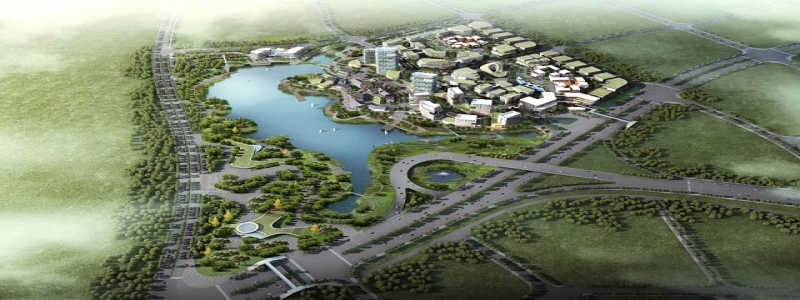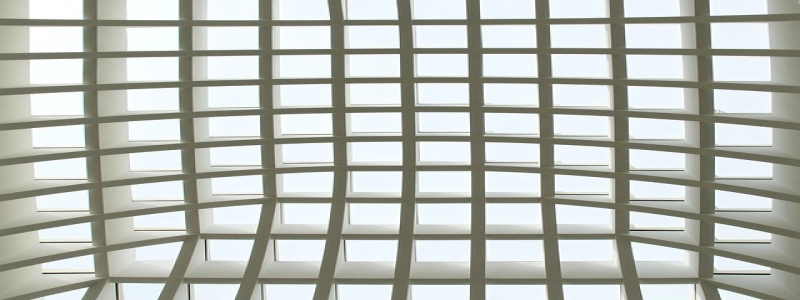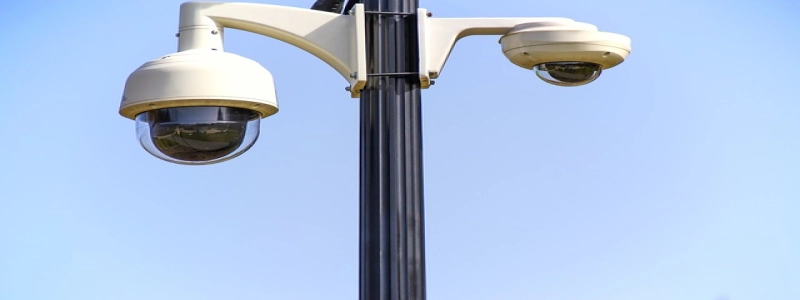How Much to Run Ethernet Through Your House
Introduction:
Running Ethernet through your house is becoming increasingly common, as having a stable and secure internet connection is crucial for many people. Whether you want to set up a home office, create a smart home, or simply improve your online gaming experience, running Ethernet cables can provide faster and more reliable internet access. However, before you start this project, it is crucial to understand the costs involved. In this article, we will discuss the various factors to consider when determining how much it will cost to run Ethernet through your house.
I. Types of Ethernet Cables:
1. Cat5e: This is the most basic type of Ethernet cable, supporting speeds of up to 1 gigabit per second. It is suitable for most home networking needs and is relatively inexpensive.
2. Cat6: This cable offers higher performance than Cat5e, supporting speeds of up to 10 gigabits per second. It is ideal for demanding applications such as video streaming or online gaming. Cat6 cables are slightly more expensive compared to Cat5e.
3. Cat6a: This cable provides improved bandwidth and offers speeds of up to 10 gigabits per second, making it perfect for high-end applications. Cat6a cables are the most expensive option but offer the best performance.
II. Length of the Ethernet Cables:
1. Determine the length of cable required: To estimate the cost accurately, measure the distance between the areas where you want to install the Ethernet outlets or devices. Keep in mind that you may need to add extra cable length to account for corners, walls, or ceilings.
2. Pricing based on length: Ethernet cables are typically sold in increments of feet or meters. Multiply the price per foot or meter by the total length required to get a rough estimate of the cost.
III. Additional Equipment and Labor:
1. Patch panels and wall plates: These are necessary for terminating the Ethernet cables neatly and connecting them to your internet modem or router. The cost of patch panels and wall plates will depend on the number of outlets required and the style preferred.
2. Tools and accessories: Running Ethernet cables may require specialized tools such as cable crimpers, cable testers, and cable management accessories. Consider these additional costs when planning the budget.
3. Labor costs: If you are not comfortable with running Ethernet cables yourself, hiring a professional technician is an option. Labor costs will vary depending on the complexity of the project and the hourly rate charged by the technician.
IV. Miscellaneous Factors:
1. Wall construction: The cost of running Ethernet cables may increase if your walls require special treatments, such as drilling through concrete or extensive wall repairs.
2. Routing options: Decide whether you want to run the cables through the walls, under the floors, or along the baseboards. Each routing option has its own cost implications.
3. Permits and inspections: In some cases, you may need to obtain permits or undergo inspections, especially if you are running cables through external walls or for commercial purposes. Factor in any associated costs and requirements.
Conclusion:
Running Ethernet cables through your house can greatly enhance your internet experience, but it is essential to consider the costs involved before starting the project. When determining how much it will cost to run Ethernet through your house, take into account the type and length of cables needed, additional equipment and labor, as well as any miscellaneous factors. By doing thorough research and planning, you can ensure a successful and cost-effective installation that meets your specific needs.








